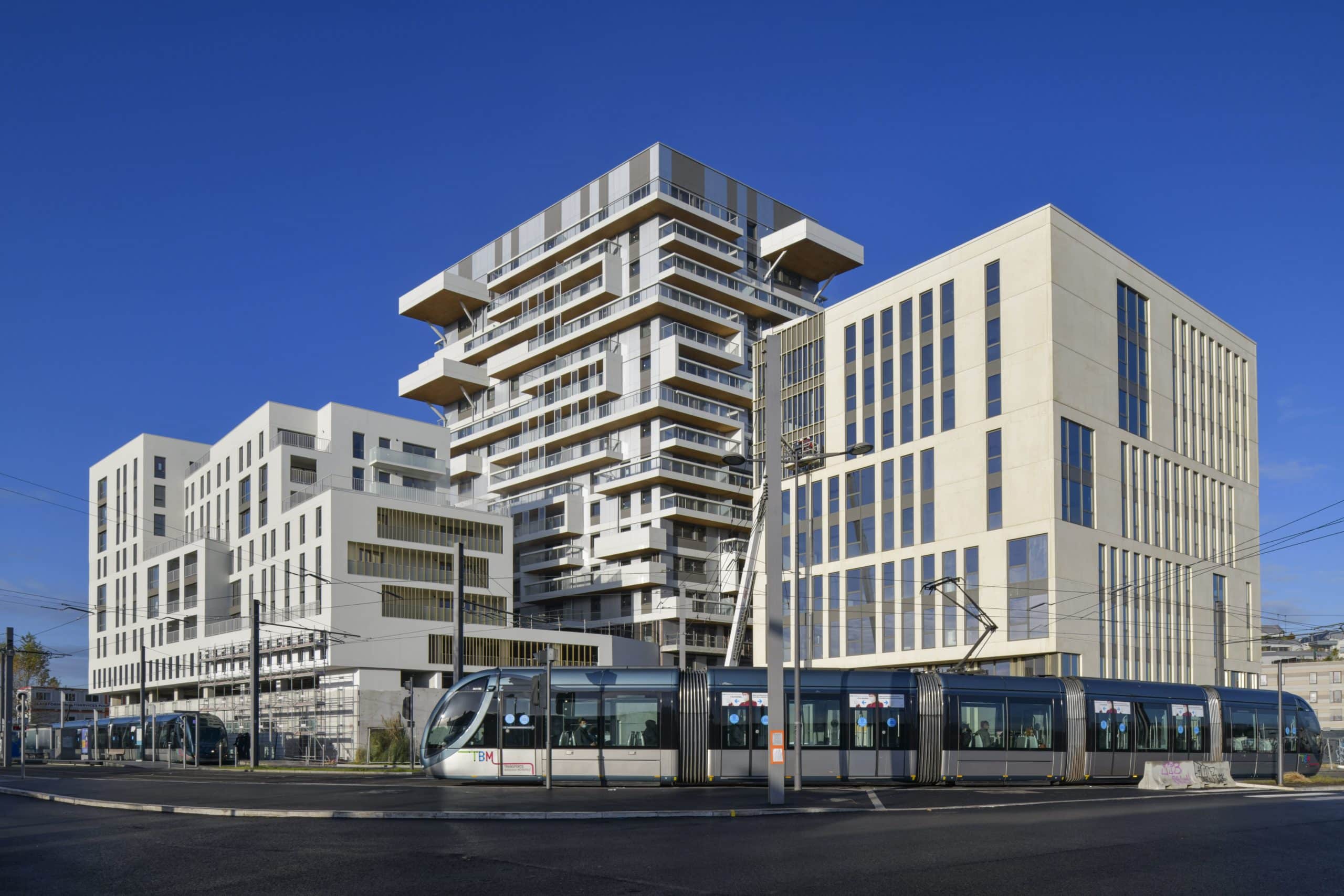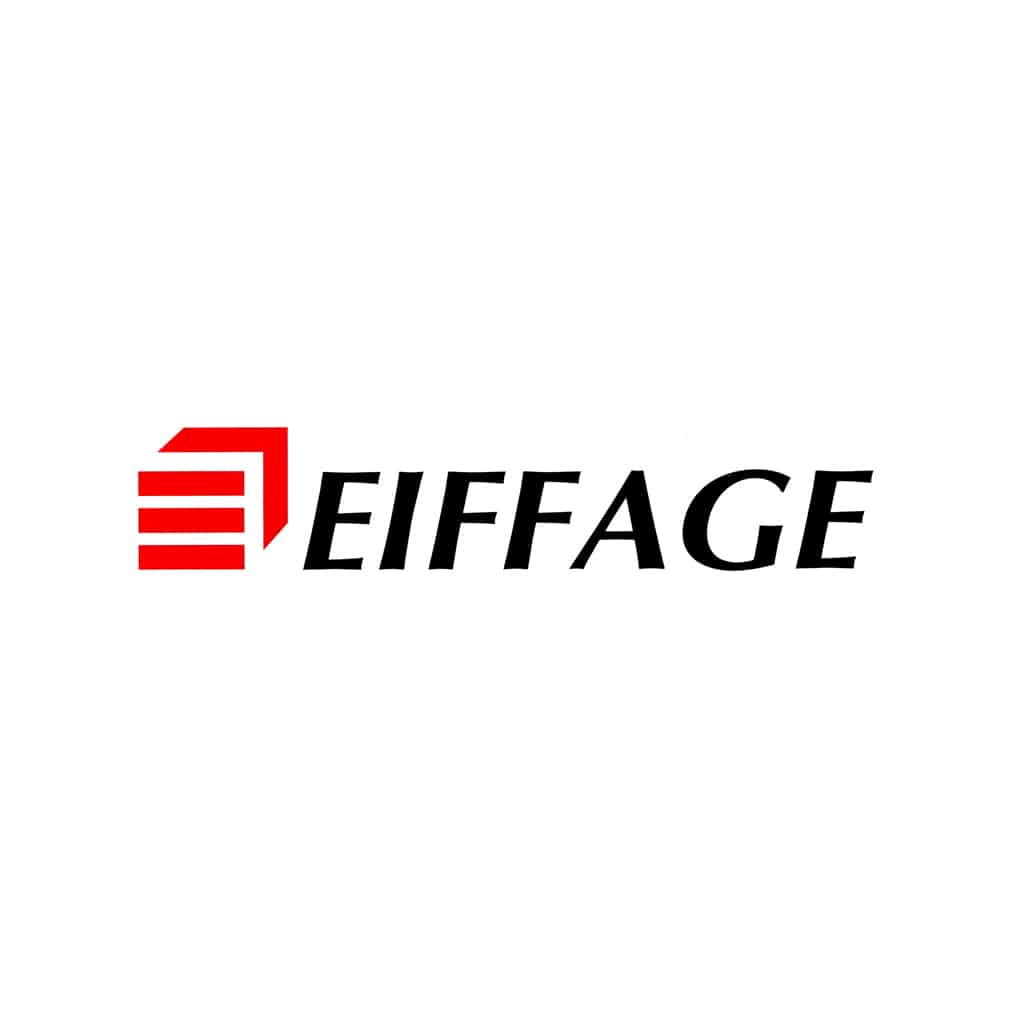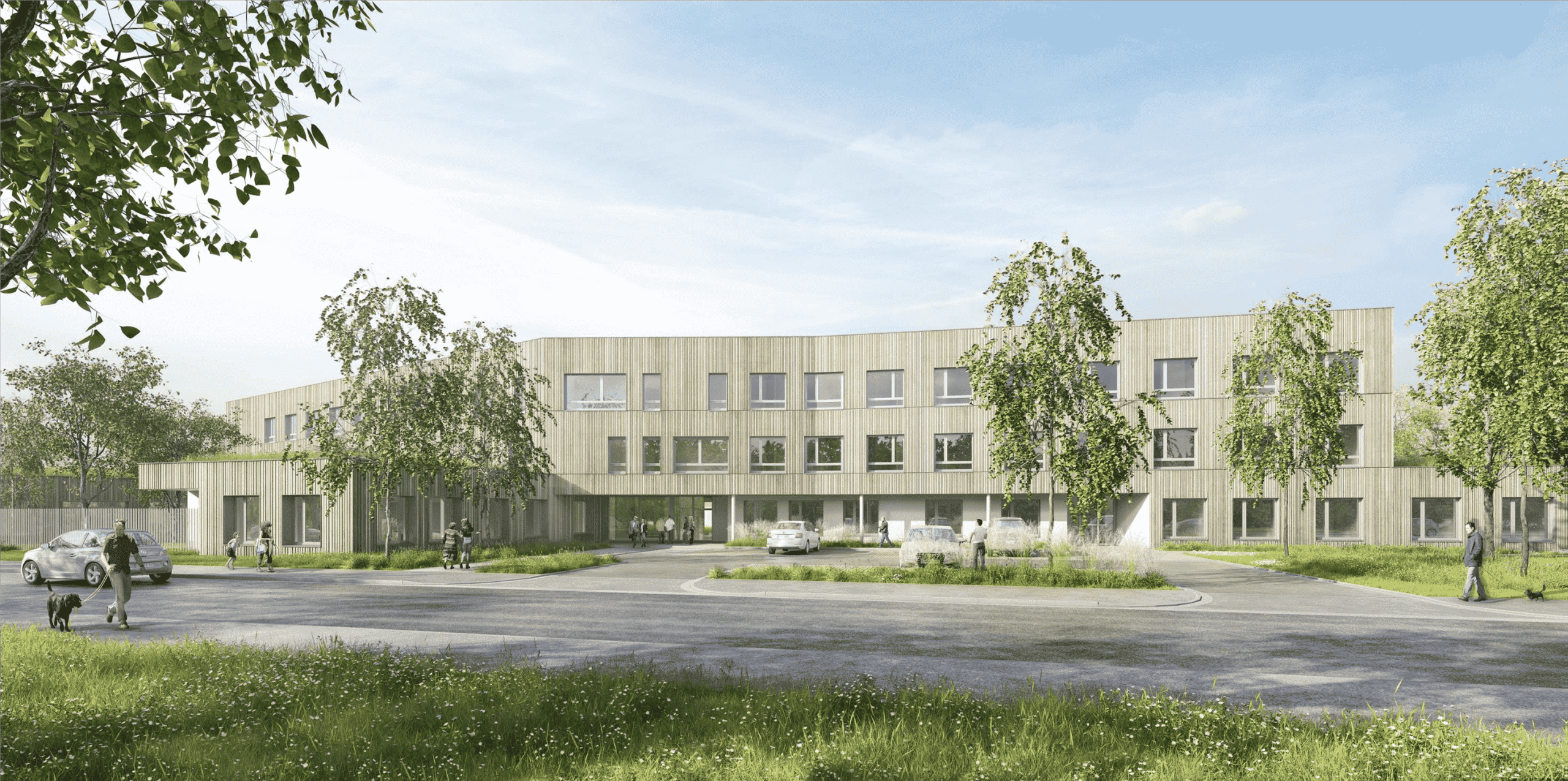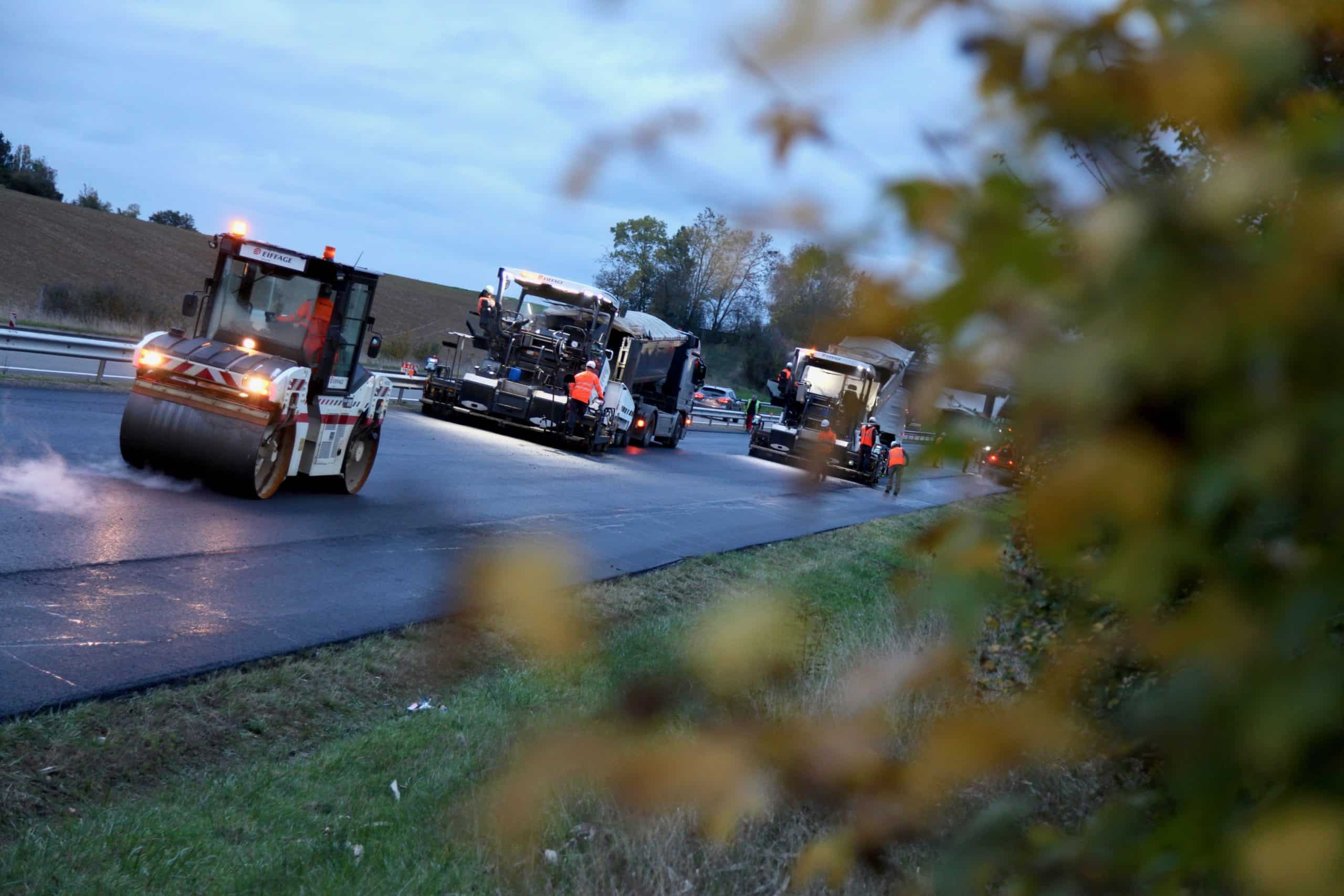Project carried out under a design-build contract. Below are the main members of the consortium having contributed to the design, Eiffage Construction being the lead contractor:
– CRR Architecture
– Eodd
– Sylva
– Ingerop
– Ecib
– Eiffage Energie Systèmes
The technical high school will accommodate 1,000 students and provide housing for 8 members of staff.
Efforts made in terms of the thermal design of the building’s outer skin and reduced energy requirements will enable the project to meet exemplary “passive” building performance standards.
The building will benefit from “100% renewable energy” with the exclusive use of wood for heating purposes (wood pellets) and all electricity consumption being met by the photovoltaic installations.
Thanks to the massive use of bio-sourced materials, the building will provide tangible carbon storage, which will drastically reduce its carbon impact.
Concrete base made from low-carbon concrete supplied by Vicat.
The straw-insulated wood frame walls are manufactured by Savare, a subsidiary of Eiffage Construction that specialises in wood construction (creation of a workshop close to the site to assemble the wood frame walls (MOB) and limit the carbon footprint of transportation). The straw is supplied by a farmer in Limagne.
The glued laminated wood structure uses a Douglas fir species supplied by Eurolamelle. The CLT walls and floors (Douglas fir) are being supplied by Piveteau.
The solid wood (Douglas fir) is being supplied by the Combrailles sawmill.
All the framework, structures and wooden floors are manufactured and installed by Eiffage Construction Auvergne.
Particular attention has been paid to the choice of products / suppliers / subcontractors in order to meet carbon objectives. This is the case in particular in terms of traceability of origin for the structural timber (92% from the Massif Central, 100% from France), straw (100% from the Limagne), and lava rock (100% from Volvic).
Quantity of bio-sourced materials: 148 kg/m² (compared to 36 kg/m² to achieve the level 3 bio-sourced buildings label for educational buildings, see https://www.legifrance.gouv.fr/jorf/id/JORFTEXT000026810976
“Reforest Action”: 2,000 trees replanted
Photovoltaic production: installation of 2,000 m² of panels assembled in France
Wood pellet boiler
High performance insulation using straw (R = 7.10m².K/W)
Recovery of rainwater for use in toilet blocks.
